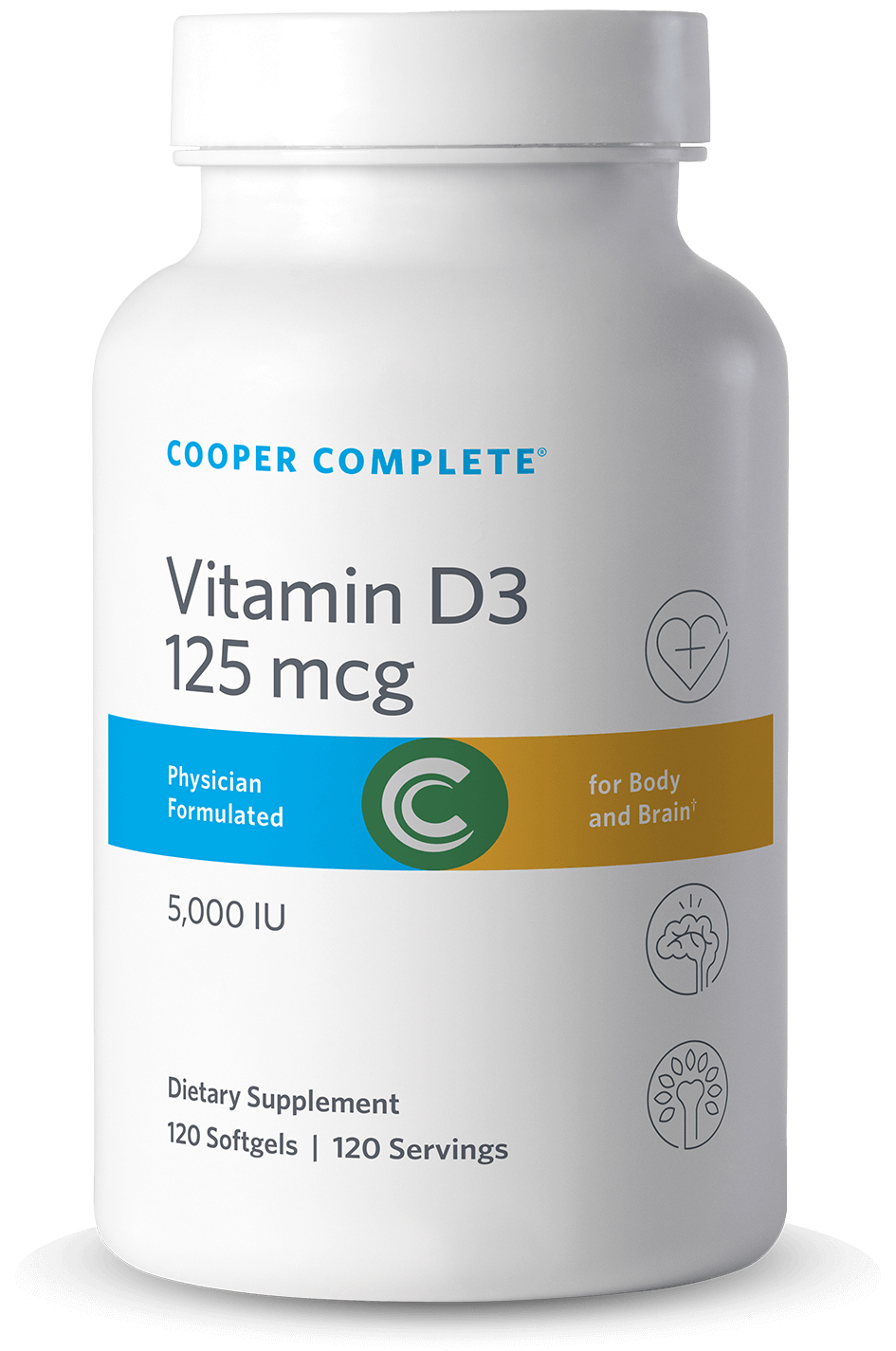Vitamin D Quiz: Test your knowledge!

What do you know about vitamin D also known as the sunshine vitamin? What is your level? Take the vitamin D quiz below to test your knowledge.
#1) TRUE | FALSE – The best way to get vitamin D in the winter is through supplementation.
TRUE! During winter, the sun’s rays strike the earth at an angle that isn’t as intense as during the summer. This is why the body has a harder time producing vitamin D in the winter.
According to Intermountain Healthcare:
“if you live above the 37thparallel (37 degrees latitude), or anywhere north of Los Angeles, then you really can’t get much vitamin D from November to March when the sun is very low in the sky (all of Utah is above the 37th parallel).”
An Intermountain research study also found that out “of 132,000 Utah residents, 85% of us are lacking in vitamin D.”
Below is a comparison of a vitamin D supplement to the foods identified by the NIH as highest in vitamin D. Supplements have a clear advantage in providing vitamin D compared to almost all foods high in vitamin D.
Vitamin D in Supplements and Food |
|
|---|---|
| Supplement or Food | Amount Per Serving (mcg/IU) |
| Cooper Complete Vitamin D3 | 25 mcg (1000 IU) and 125 mcg (5000 IU) |
| Cod liver oil, 1 tablespoon | 34 mcg (1360 IU) |
| Swordfish, cooked, 3 ounces | 14 mcg (566 IU) |
| Salmon (sockeye), cooked, 3 ounces | 11 mcg (447 IU) |
| Orange juice fortified with vitamin D, 1 cup | 3 mcg (137 IU) |
| Milk, skim, 2%, whole fat, fortified with vitamin D, 1 cup | 3 mcg (115-124 IU) |
#2) TRUE | FALSE – The best source of vitamin D comes from sun exposure.
TRUE! When an adult wearing a bathing suit is exposed to one minimal erythemal (a slight pinkness to the skin 24 hours after exposure) dose of UV rays, the amount of vitamin D produced is equivalent to ingesting between 250 mcg (10,000 IU) and 625 mcg (25,000 IU).
This production is counteracted by wearing sunscreen with a sun protection factor (SPF) of 30. This skin protection will reduce vitamin D synthesis in the skin by more than 95 percent.
Skin color also makes a dramatic difference in vitamin D production from sunlight. A naturally dark skin tone requires three to five times longer exposure to the sun to make the same amount of vitamin D compared to a light skin tone.
Compare this to the highest levels of vitamin D found in food.
Vitamin D in Sun Exposure and Highest Vitamin D Foods |
|
|---|---|
| Supplement or Food | Amount Per Serving (mcg/IU) |
| Sun exposure (causing slight pinkness) | 250-625 mcg (10,000-25,000 IU) |
| Cod liver oil, 1 tablespoon | 34 mcg (1360 IU) |
| Swordfish, cooked, 3 ounces | 14 mcg (566 IU) |
| Salmon (sockeye), cooked, 3 ounces | 11 mcg (447 IU) |
| Orange juice fortified with vitamin D, 1 cup | 3 mcg (137 IU) |
| Milk, skim, 2%, whole fat, fortified with vitamin D, 1 cup | 3 mcg (115-124 IU) |
#3) TRUE | FALSE – Vitamin D production is the same regardless of the time of year or time of day as long as the sun is visible.
FALSE! The amount of vitamin D your body produces is different depending on the time of day and the time of year. For example, the further north you live, the harder it is for your body to produce vitamin D in the winter. This effect is mirrored the further south of the equator you live.

Vitamin D3 125 mcg (5000 IU) Supplement
Many individuals don't get enough vitamin D from sunlight or through diet. Vitamin D3 form of Vitamin D Supplement for better absorption.
$26.98 Add to cartFor your body to produce vitamin D, the sun should be positioned in the sky so your shadow is shorter than you. If your shadow is longer than you, the sun’s UV rays are not intense enough for vitamin D production.
A good rule of thumb is to try and get sun exposure when the sun is in its highest position (typically around midday) for half as long as it takes your skin to become pink.
#4) TRUE | FALSE – Measuring your time in the sun is the best way to determine your vitamin D level.
FALSE! A blood test is the most accurate way to determine your current level.
Ask your doctor to add it to your next blood test. According to a 2014 article published in the British Medical Journal, the physicians recommended vitamin D level is 30 ng/mL.
Physicians at Cooper Clinic test each patient’s vitamin D level as a part of a comprehensive preventive exam. Cooper Clinic physicians recommend a vitamin D level of 40-50 ng/mL.
#5) TRUE| FALSE – Vitamin D deficiency is the most common nutritional deficiency worldwide.
TRUE! Lower overall vitamin D levels are a result of an increase in multiple factors such as sun avoidance, using sun protection, skin pigmentation, poor dietary and supplement intake, malabsorption syndromes, obesity, and medication use.
Typically, most patients show no symptoms of deficiency. Prolonged vitamin D deficiency causes rickets in children, osteomalacia, osteopenia, and osteoporosis in adults.
Supplements are often recommended to increase vitamin D levels, along with the encouragement of consistent and sensible sunlight exposure.
Did you score well on the quiz while learning some interesting facts about the issues of vitamin D deficiency?
As a reminder, it is important to talk with your healthcare provider about which supplements are best for you.
